China’s Pacfic foray sparks Australian arms splurge
China’s forays into our backyard have Australian and US defence chiefs worried. And they’re planning to muscle up the region in a multi-billion dollar splurge.
Innovation
Don't miss out on the headlines from Innovation. Followed categories will be added to My News.
Exclusive: Australia will have its first strike capability in a generation under a multi-billion dollar defence splurge designed to counter a Chinese military build-up in the Pacific Region.
Defence has noted for the first time since World War II, a major power in China is deploying military capabilities in what is known as Australia’s “region of primary strategic concern”.
This has prompted urgent moves by Australia and the United States to muscle-up.
Among the planned purchases are 200 long-range anti-ship missiles, with a range of at least 600km, to be carried by the RAAF F/A-18 Super Hornets with state-of-the-art on-board autonomous targeting systems.
Such has been the urgency, its operational adaptation capability for the Hornet was only achieved in the US last November and with approval to sell them to Australia for our Hornets for $1.5 billion made weeks later.
In confidential briefings, US military officials have expressed concern on China’s aggressive push into the Pacific, noting it was now “unfavourable” balance with shortfalls noted in force posture, infrastructure and logistics and “partner capacity” notably in Australia.

From that, and Defence’s own internal review, RAAF Tindal air base in Northern Territory is to be upgraded at a cost of $1.2 billion.
This will include having fuel depots, facilities for the MQ-4C Triton high altitude long endurance drone surveillance aircraft, accommodation blocks and extending runways to take US B-52 bombers and KC-30 air refuelling aircraft and house their crews.
It has been deemed “integral” to our US alliance and “critical to air combat missions”.
“Without a valid and convincing conventional deterrent, China and Russia will be emboldened to take action in the region to supplant US interests,” the Pentagon’s Pacific Command chiefs noted as it declared the urgent need to “regain the advantage” including by upgrading its own Indo-Pacific defence base in Guam to fend off a perceived China threat.
Both the US and Australia have designated the region “priority theatre” against Beijing’s man-made military islands in the South China Sea deemed acts of “intimidation and coercion”.
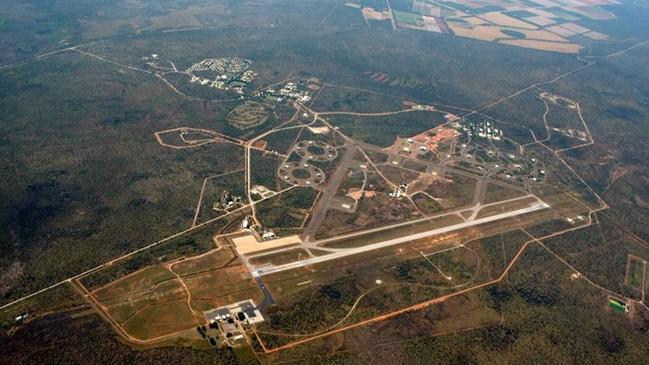
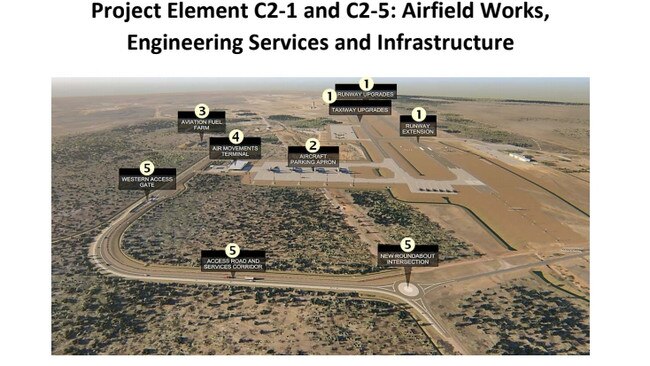
An Australian parliamentary committee hearing last week, heard via teleconference due to COVID-19 restrictions, that coronavirus could impact redevelopment.
But the department’s director general of capital facilities and infrastructure Brigadier Matt Galton told the committee they were “critical to the employment of Australia’s air combat capability” and to address serious “deficiencies and capacity constraints”.
“RAAF Base Tindal is one of those where, yes, the infrastructure had been run down due to a lack of investment,” he said, adding the overhaul could begin in September once approved by parliament and be completed by 2027.
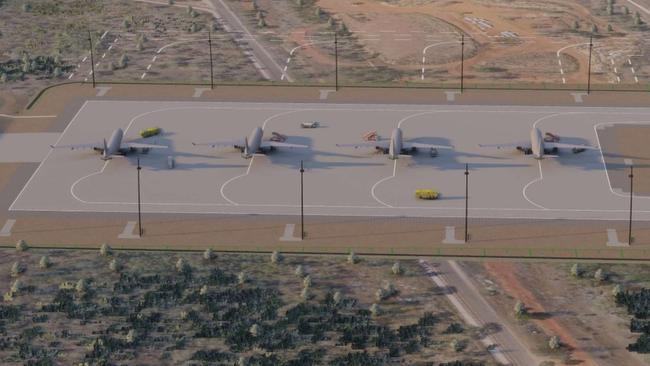

Defence Minister Linda Reynolds formally declined to answer questions related to acquisitions.
A Defence Department spokesman however, agreed Defence was looking at “a more capable, agile and potent Australian Defence Force to protect Australia’s security and prosperity”.
“A potent strike capability is essential to our ability to deter attempts to coerce or attack Australia and protect our national interests. We are upgrading the Australian Defence Force’s maritime strike capabilities, in line with commitments in the 2016 Defence White Paper.”
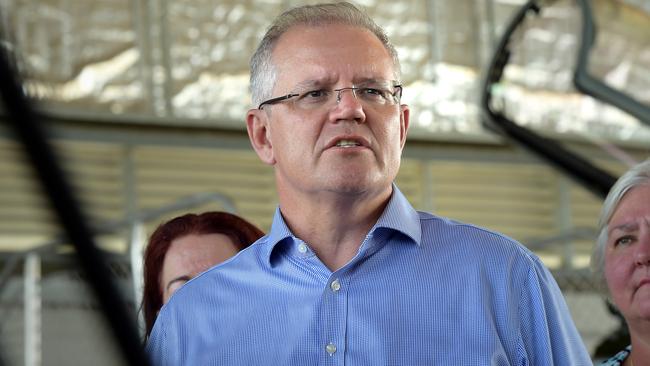
Author of the influential Dibb Report, which has served as the basis for Australia’s strategic defence policy for the past two decades, Paul Dibb told News Corp Australia yesterday the missiles purchase and Tindal overhaul plan was a significant new strike-deterrent acquisition.
“What we are going to with these anti-ship missiles and Tindal are a real game changer, long overdue and I think a number of people from the Chief of the Defence Force down have been questioning ‘where is our strike capability now?’.
“Since the demise of the F-111 (in 2010), sure the very good now Collins class submarines have a strike capability but it’s a long way from Fremantle to our northern approaches or indeed from Sydney.”
He said while he didn’t like to criticise his old Defence Department, it was waking up after “sleeping walking”.
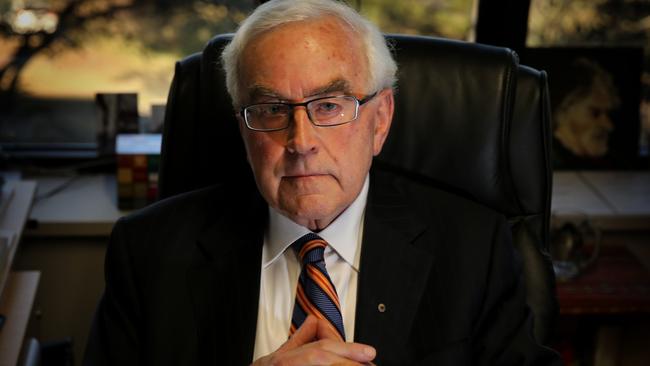
“What has changed now is we have a country that starts with C and ends in A (China) that in its militarisation of islands and islets in the South China Sea has now brought its military power projection capability 1400km closer to our northern approaches,” the now Emeritus Professor of Strategic Studies at the Strategic and Defence Studies Centre at ANU said.
“Compared with before the militarisation of the South China Sea their nearest military base was Hainan Island off their coast.”

He added the world was now in a period of unpredictable strategic transition with Australia’s strategic outlook continuing to deteriorate with for the first time since WWII, an “increased prospect of threat from high-level military capabilities being introduced into our region”.
MORE NEWS:
Rich Chinese still get Aussie ‘Golden Ticket’ visa
Going back to Australian made to avoid ‘reliance on China’
Billion dollar plan to make more medicines in Australia
CSIRO uses Victorian tech in new face mask trial
“What has changed is for the first time since the Second World War is a country capable of
doing us serious harm in our northern and western and potentially our eastern
approaches now,” he said.
“They are increasing that military capability as we speak and there are some concerns in Washington this last week or two that prompted them to warn China ... ‘don’t think because we are preoccupied with coronavirus that we won’t respond’.”
The ADF has formally adjusted its “Defence Warning Time”, developed decades ago for a highly classified intelligence-based prediction on a friend or foe’s military capabilities in our region which has gone from 10-years warning advantage to now a matter of months.
Originally published as China’s Pacfic foray sparks Australian arms splurge
